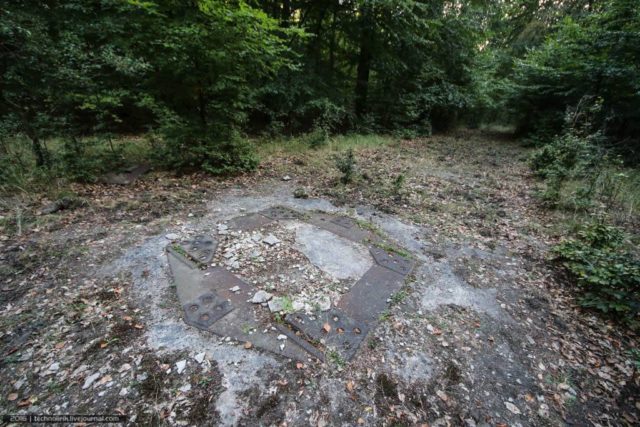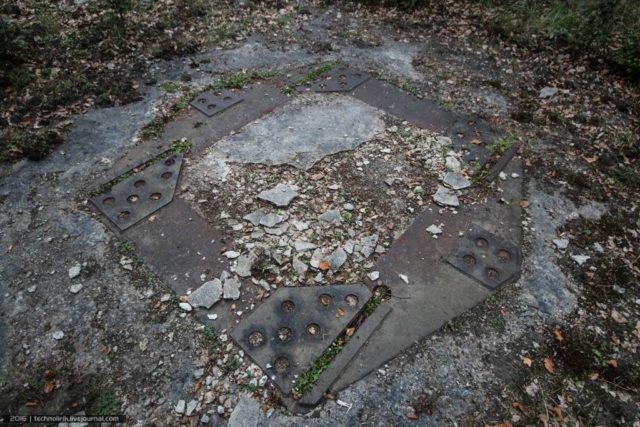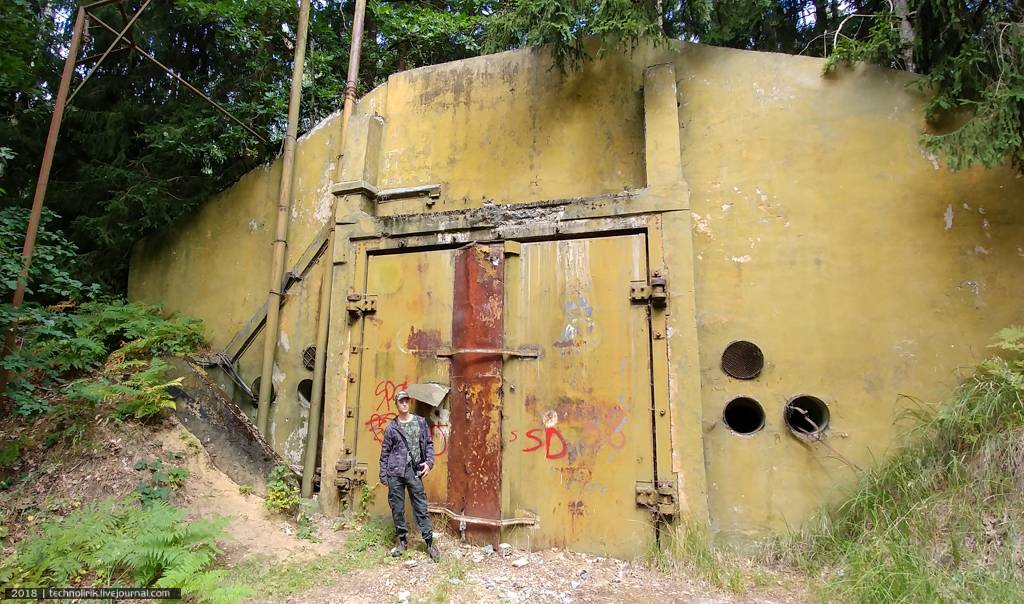Even before the Cuban missile crisis of 1962, the USSR had already set up nuclear missile bases outside of the Soviet Union here, in the Brandenburg forests of Germany. This territory fell under Soviet control as a result of WWII and became part of the German Democratic Republic (GDR).
The Vogelsang nuclear missile base was one of the nuclear bases set up in Brandenburg. It is located near the small village of Vogelsang in Zehdenick, Germany. Nearby is a former secret Soviet military town, which was the third largest Soviet outpost in the GDR.
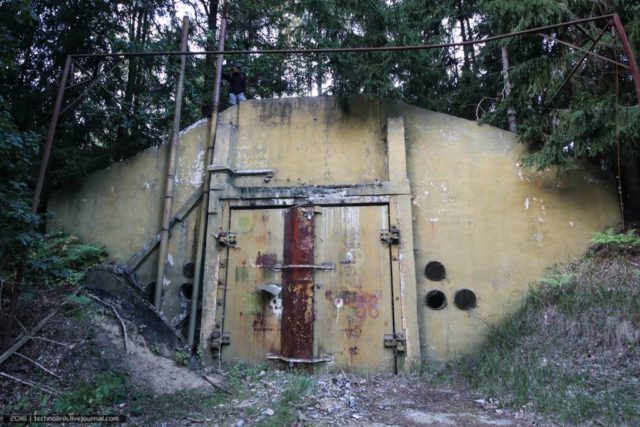
The creation of the Vogelsang base was directly related to a new weapon created by the Soviets – the R-5M missile.
Scroll down for drone footage
In 1956, the R-5M ballistic missile entered service. It was the first ballistic missile armed with a nuclear warhead. In 1959, these were deployed among the bases at Vogelsang, Germany, on the far west of the Eastern Bloc. They were strategically positioned to be able to hit European targets.
The R-5M were huge missiles, 65 feet long with a range of 750 miles. According to reports by the CIA, the Soviets estimated that only five of those missiles were needed to blow up the whole of Britain, and seven to nine to obliterate France. Vogelsang had six.
The base consisted of a missile storage bunker, two bunkers to store nuclear warheads, and a missile launch pad. Hidden in the midst of a dense forest, this place was hard to detect, especially from a spy plane.
Allegedly, the weapons only spent several months at the base – they were removed later in 1959, fairly suddenly. According to some historians, this was because Nikita Khrushchev, the leader of the USSR at the time, feared that if WWIII broke out, the missiles would be captured by NATO forces. He was perhaps also concerned that sooner or later the location of the nuclear bases would be uncovered, as was the case in August 1959 with the Neuthymen base, which was just 12 miles north-west of Vogelsang.
In the 1960s, more advanced nuclear weapons were supposed to be placed at Vogelsang, but these plans were abandoned when the new R-14 missile was developed. The R-14 could hit targets as far as 2,800 miles away, making close-border nuclear bases redundant.
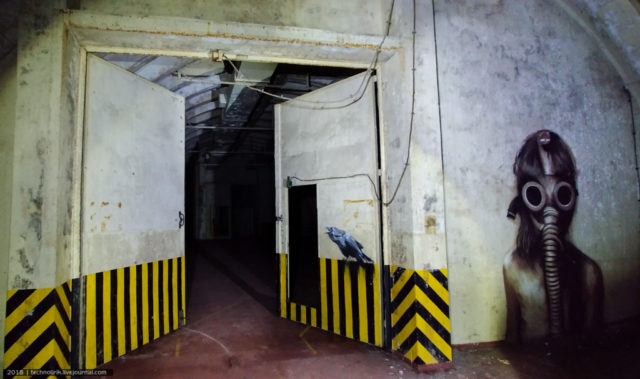
In the 1980s, the mobile theater missile TR-1 Temp base was set up on the territory of the former nuclear base. This was destroyed fairly soon, in accordance with the 1987 Treaty on the Elimination of Intermediate-Range and Shorter-Range Missiles signed between the USA and the USSR. Soviet troops completely left the Vogelsang area in 1994.
When the Soviets left, the Vogelsang bunkers were securely sealed. This is the main reason why the base is in pristine condition. A lot of the original machinery is still inside, and it looks like it could be re-started if electricity was supplied. In many places, the walls of the base are adorned with street art by Plotbot KEN.
A big thank you to technolirik for the amazing photos and information! Check out technolirik on LiveJournal
Now let’s look around the Vogelsang nuclear missile base.
A missile bunker:
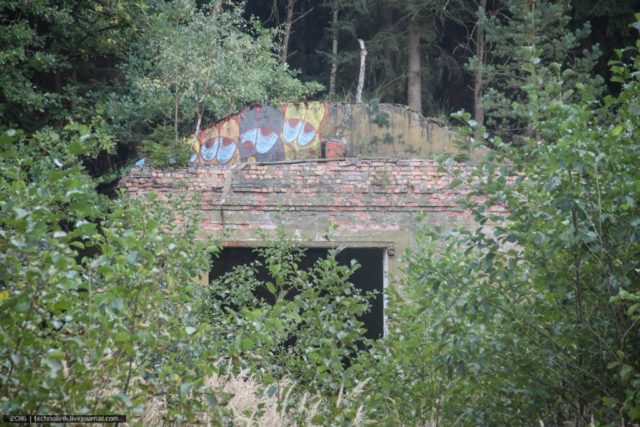
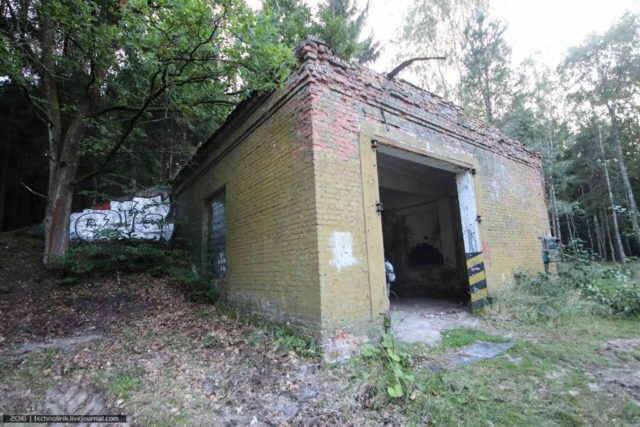
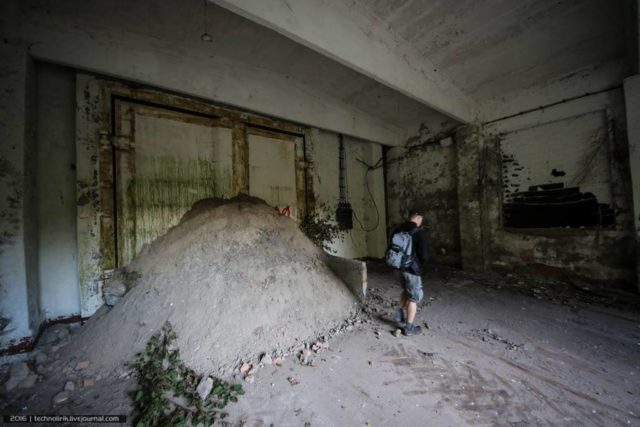
A nuclear warhead bunker:
The crane that was used to unload and load the nuclear warheads is still in a fairly good condition, although covered in rust.
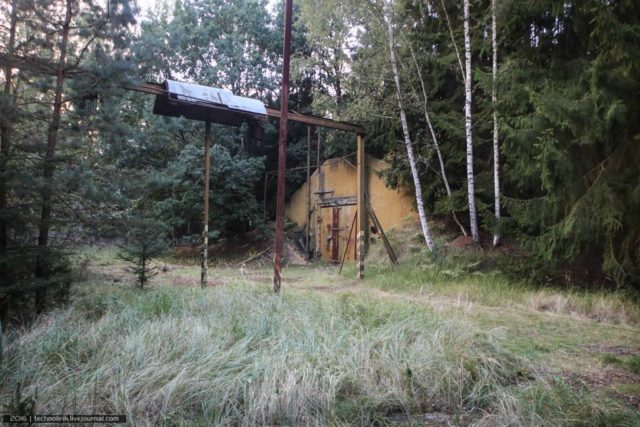
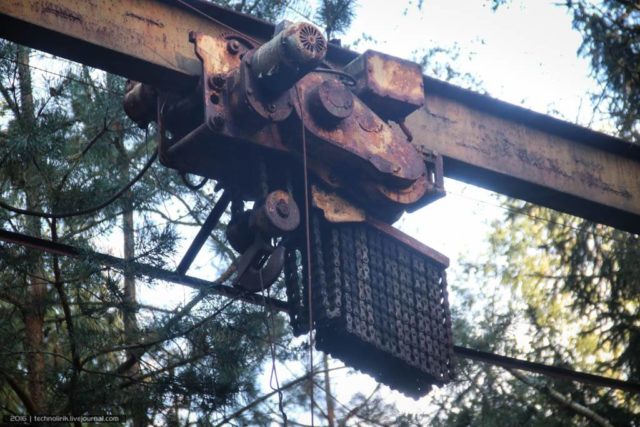
Various firing points of different types were dotted around near the bunkers. They hardly seem adequate to protect such important objects. Here is one of them:
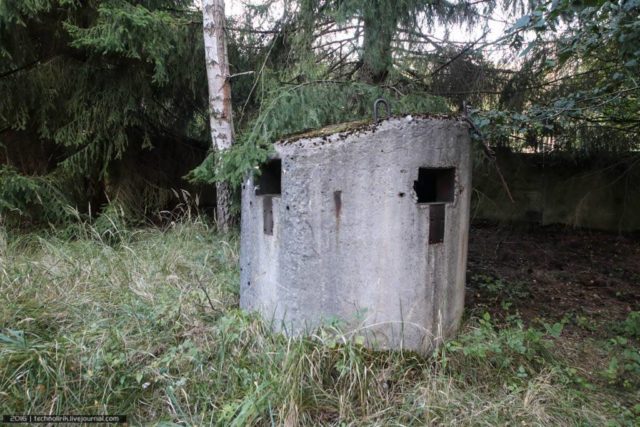
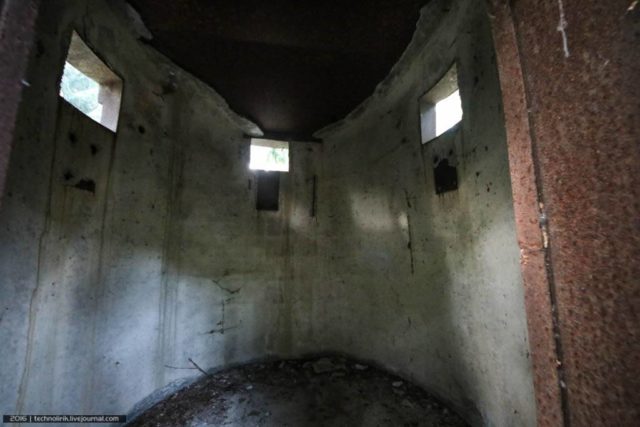
The main gates of the bunker:

The watchtower near the bunker:
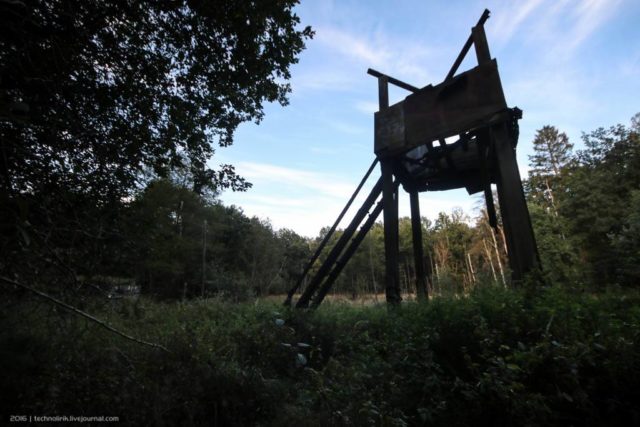
A pillbox to protect the entrance to the bunker near the watchtower – now overtaken by vegetation:
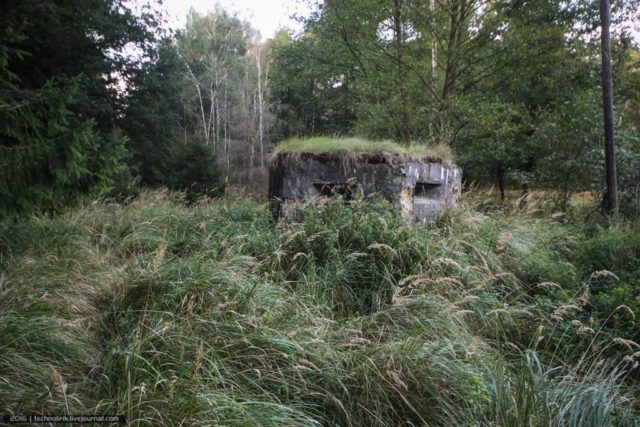
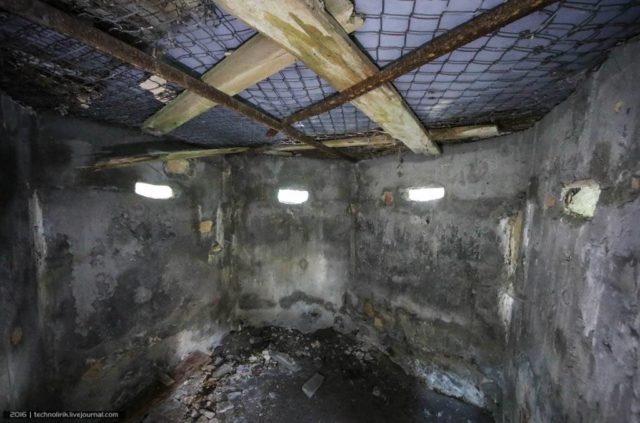
Storage for equipment and diverse supplies, with a beautiful mural by Plotbot KEN:
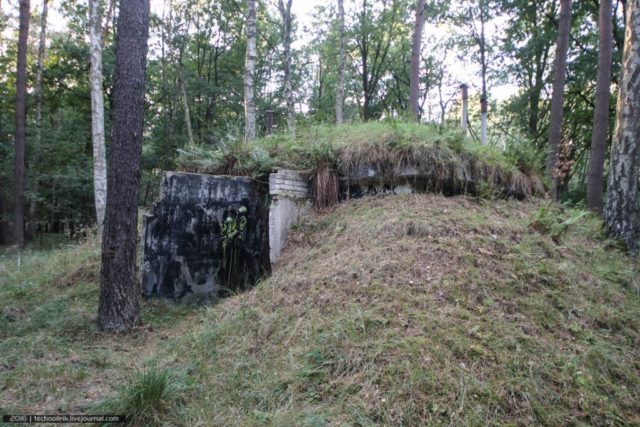
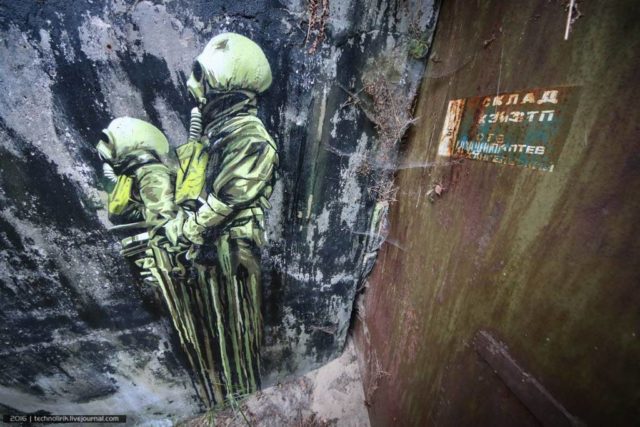
The second bunker with graffiti by Plotbot KEN:
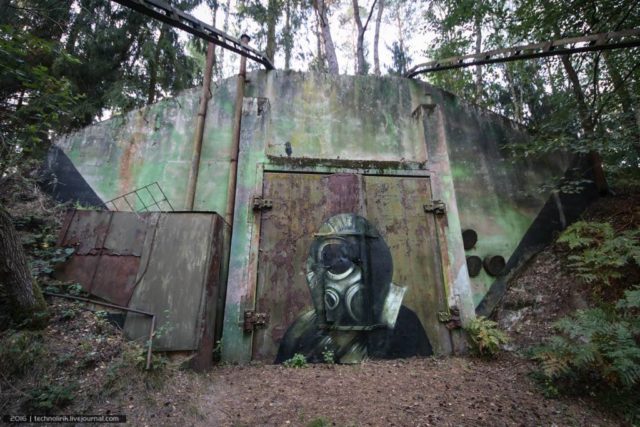
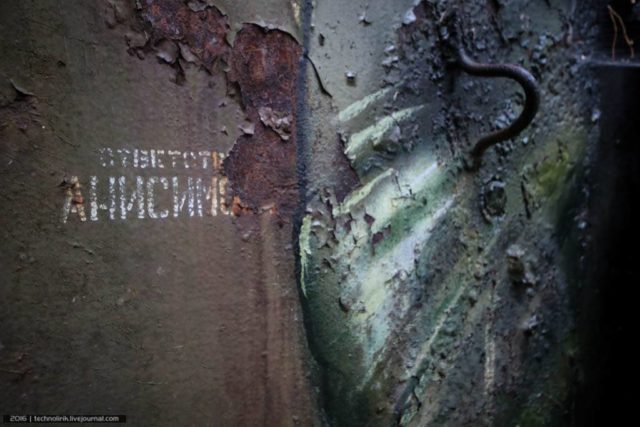
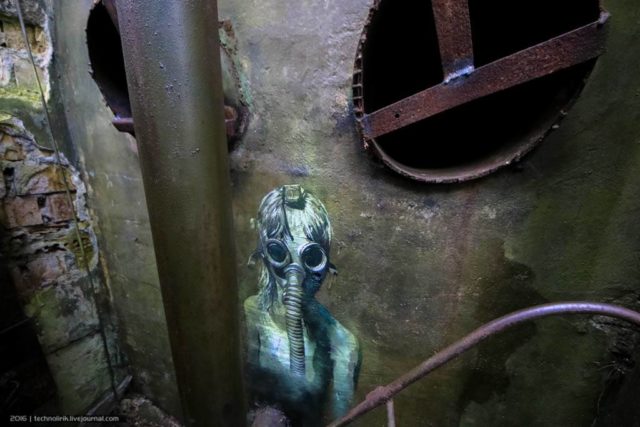
Inside the second bunker:
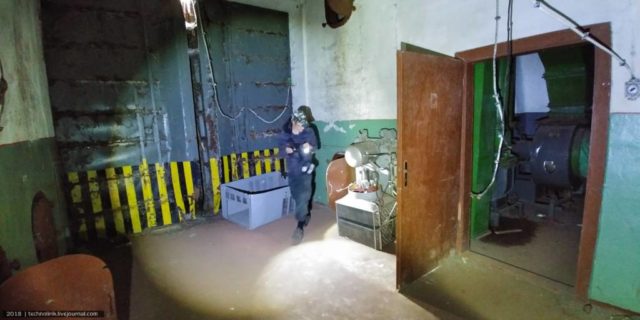
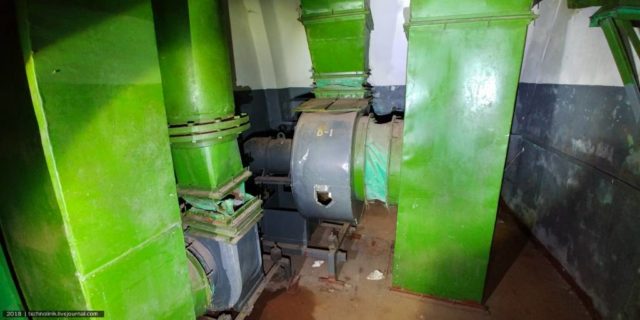
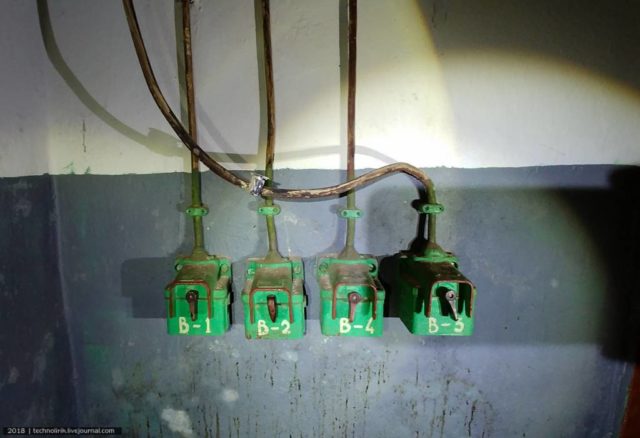
Doors to the rest of the bunker – the working sector:
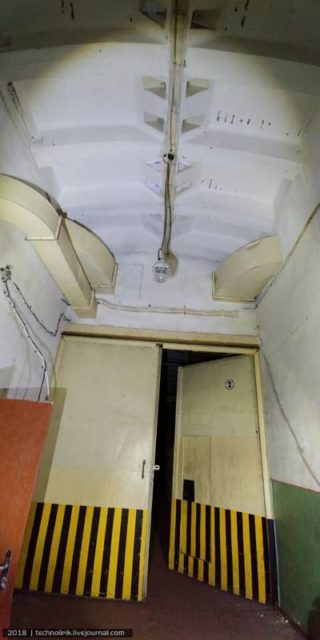
Here were offices and working rooms for those working at the facility, although what exactly was in each room is unknown.
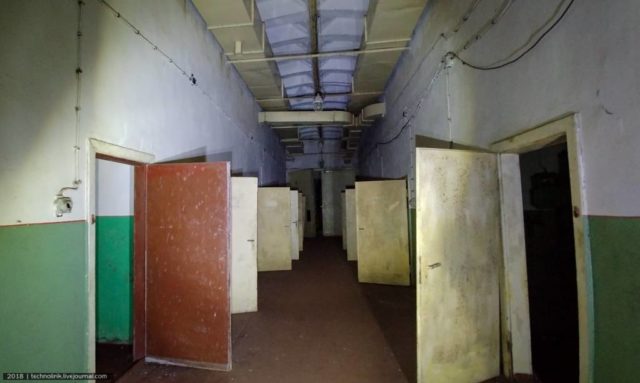
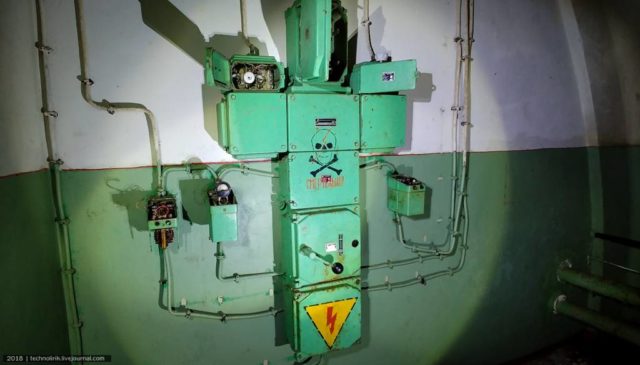
The storage spaces themselves, adorned in places with Plotbot KEN’s works:
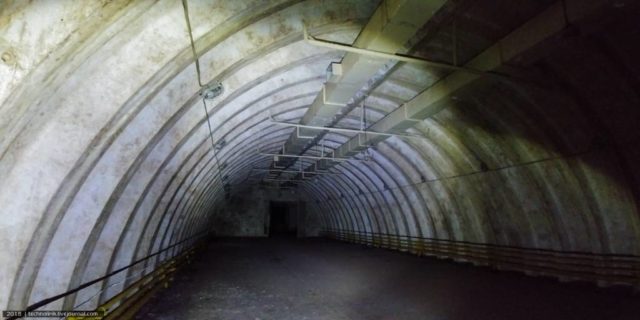
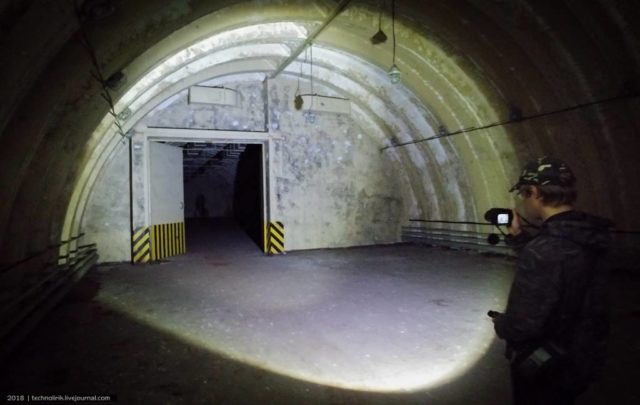
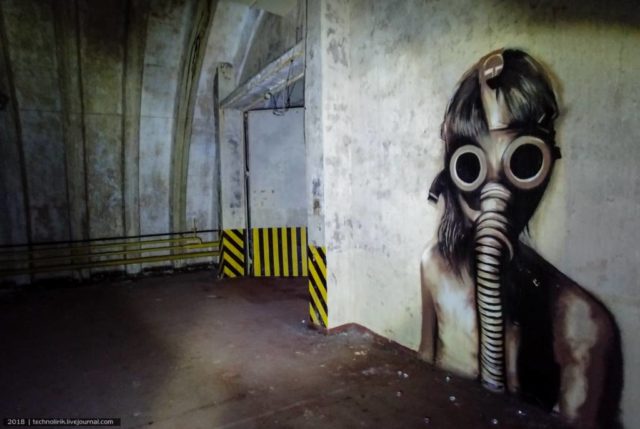
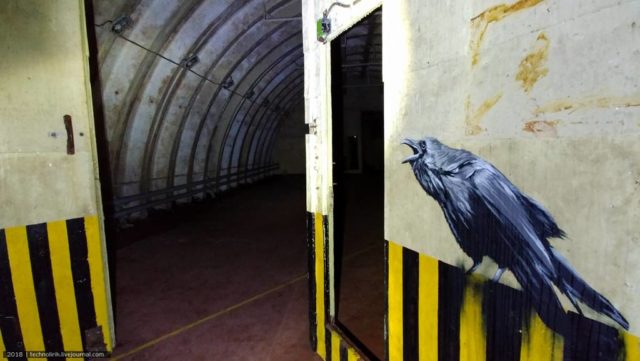
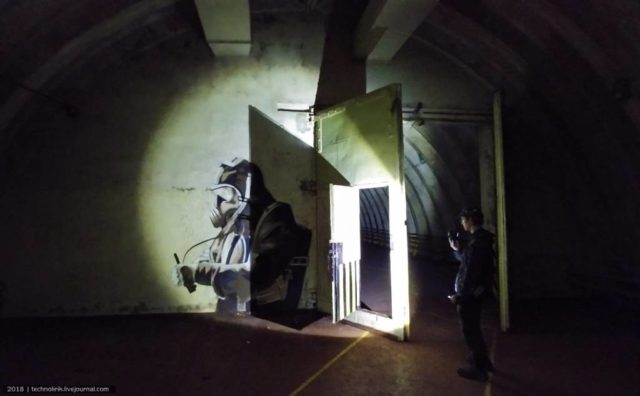
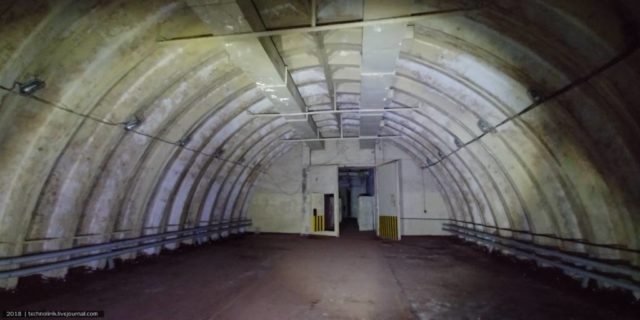
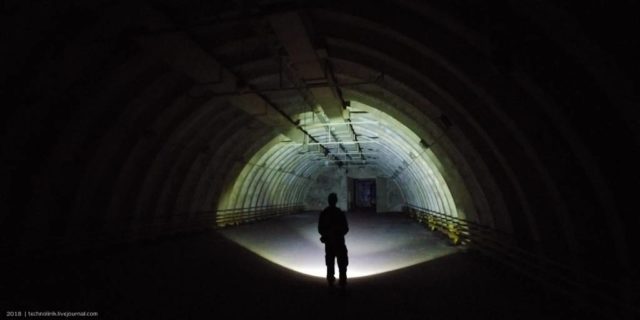
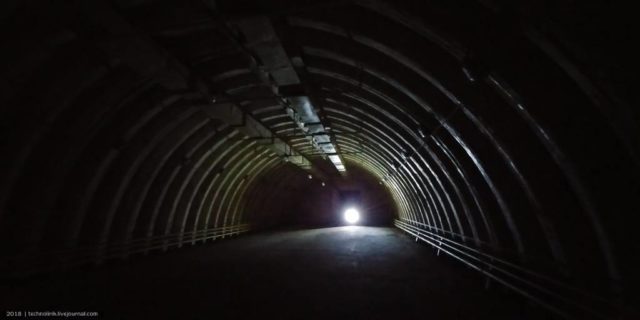
Outside the bunker:
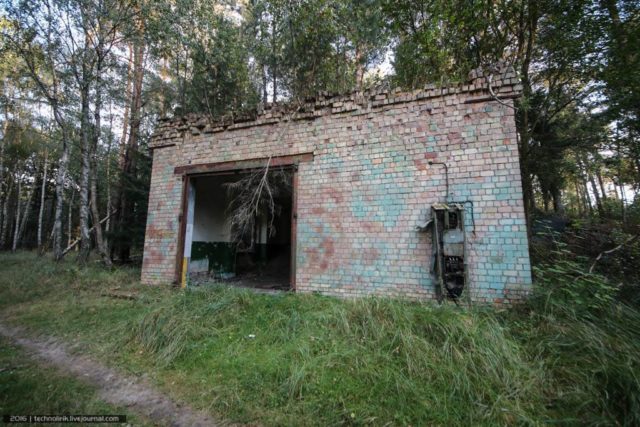
About 2,000 feet north-east of the bunkers is the missile launch pad:
